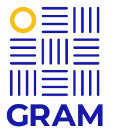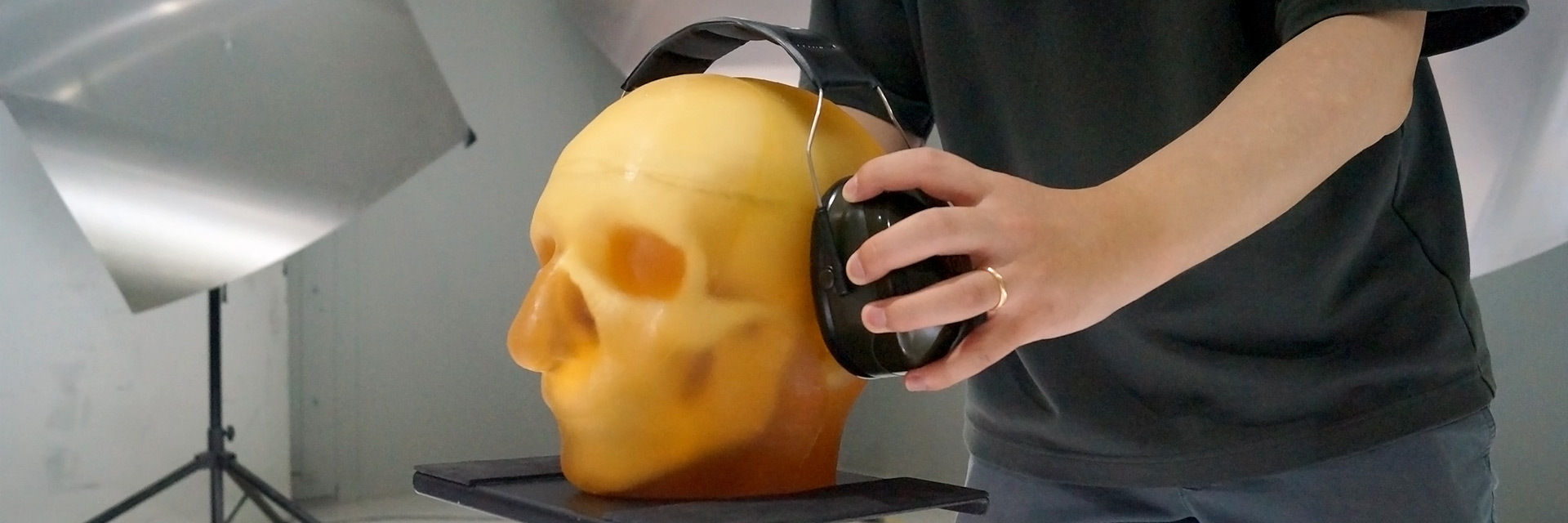Infrastructure commune en acoustique pour la recherche (ICAR)
Located in the main building at ÉTS, the ICAR (ÉTS-IRSST Common Infrastructure for Research in Acoustics) laboratory includes the main facilities used by GRAM. This specific infrastructure was created to promote fruitful collaboration between École de technologie supérieure and the Institut de recherche Robert-Sauvé en santé et en sécurité du travail (IRSST).
ICAR’s mission is to promote research and training in industrial acoustics, specifically with respect to controlling noise and vibrations, with the ultimate goal of improving the comfort, health and safety of workers.
Would you like to take advantage of the acoustic and vibrational facilities and expertise at GRAM? Share your requirements with us by filling out the following form:
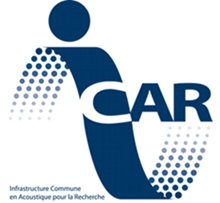
Coupled semi-anechoic and reverberant chambers
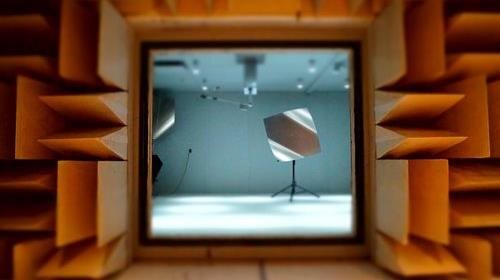
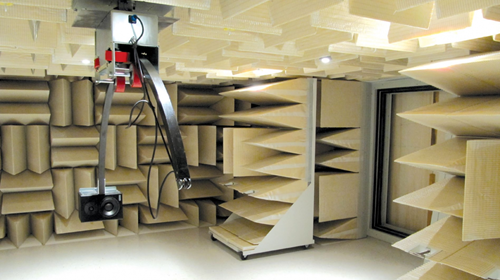
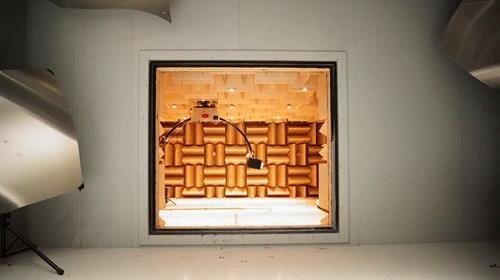
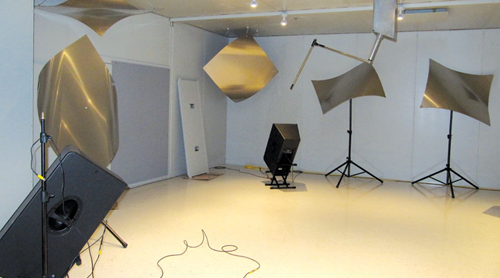
- Measuring the absorption coefficient of acoustic materials in a reverberation room, in compliance with Standard ASTM C423 or ISO 354;
- Transmission loss of acoustic partitions, in compliance with Standard ISO 15186-1 or ASTM E2249. Measuring the intensity transmitted through tested partitions can be accomplished using the I-Track probe and its mapping system to quickly identify the least insulated areas and potential sound leaks;
- Measuring sound power levels of noise sources in an anechoic or reverberation room (ISO 3745, ISO 9614-1 and ISO 9614-2);
- Localization, identification and mapping of noise sources using acoustic imaging methods (intensity probe and beamforming);
- Objectively measuring the insertion loss (IL) of hearing protectors on human subjects or artificial heads (ATF);
- Objectively measuring the occlusion effect of hearing protectors on human subjects or realistic artificial heads developed during our research projects.
Audiometric booths
Measuring the insertion loss of hearing protectors using the audiometric threshold method or artificial test fixtures:
- American standards: ANSI/ASA S12.6, ANSI/ASA S12.42
- European standards: ISO 4869
- Australian/New Zealand standards: AS/NZ 1270.
Characterization of acoustic materials
- Measuring the diffuse-field sound absorption coefficient and transmission loss of small size samples [250 Hz - 10 000 Hz] in an Alpha Cabin,
- Measuring the absorption coefficient and transmission loss of acoustic materials under normal incidence (impedance tube), in compliance with Standard ISO 10534-2, ASTM E1050 et ASTM E2611. Three impedance tubes of differing diameters allow for coverage of the frequency range [50 Hz—6,000 Hz];
- Measuring the airflow resistance of acoustic materials, in compliance with Standard ISO 9053;
- Measuring open porosity: Isothermal pressure/mass method in which the mass of the sample is tested at different pressures using different gases. This method is well suited to acoustic materials (low density and open porosity);
- Measuring the tortuosity using ultrasonic methods (transmission and reflection method);
- Measuring low-frequency mechanical properties (Young’s modulus, Poisson’s coefficient, loss factor), in compliance with Standard ISO 18437-5;
- Measuring low- and medium-frequency mechanical properties (Young’s modulus, loss factor) using the Oberst beam technique, in compliance with Standard ASTM E756-05;
- Measuring the acoustic insulation of plug type hearing protectors at low and high levels (<155 dB): Impedance tube method currently under development.
Localization of noise sources
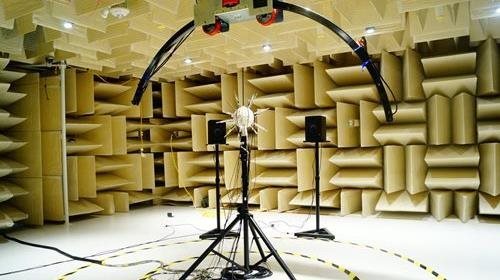
Measurements
The methods developed and used at ICAR allow for the localization of acoustic sources – transient or stationary, wide band (white noise, vehicle traffic) or tonal (pure tone, whistling), with or without reverberation (multiple reflections from walls). The main methods used are the following:
- Frequency-domain beamforming;
- Temporal beamforming;
- Sound intensity;
- 2D or 3D acoustic mapping.
Nail gun noise source localization
Equipment
- 42-track system (Brüel & Kjaer);
- I-Track intensity probe linked to a video camera and mapping software;
- Optimized spherical antennas developed through research conducted in the lab.

